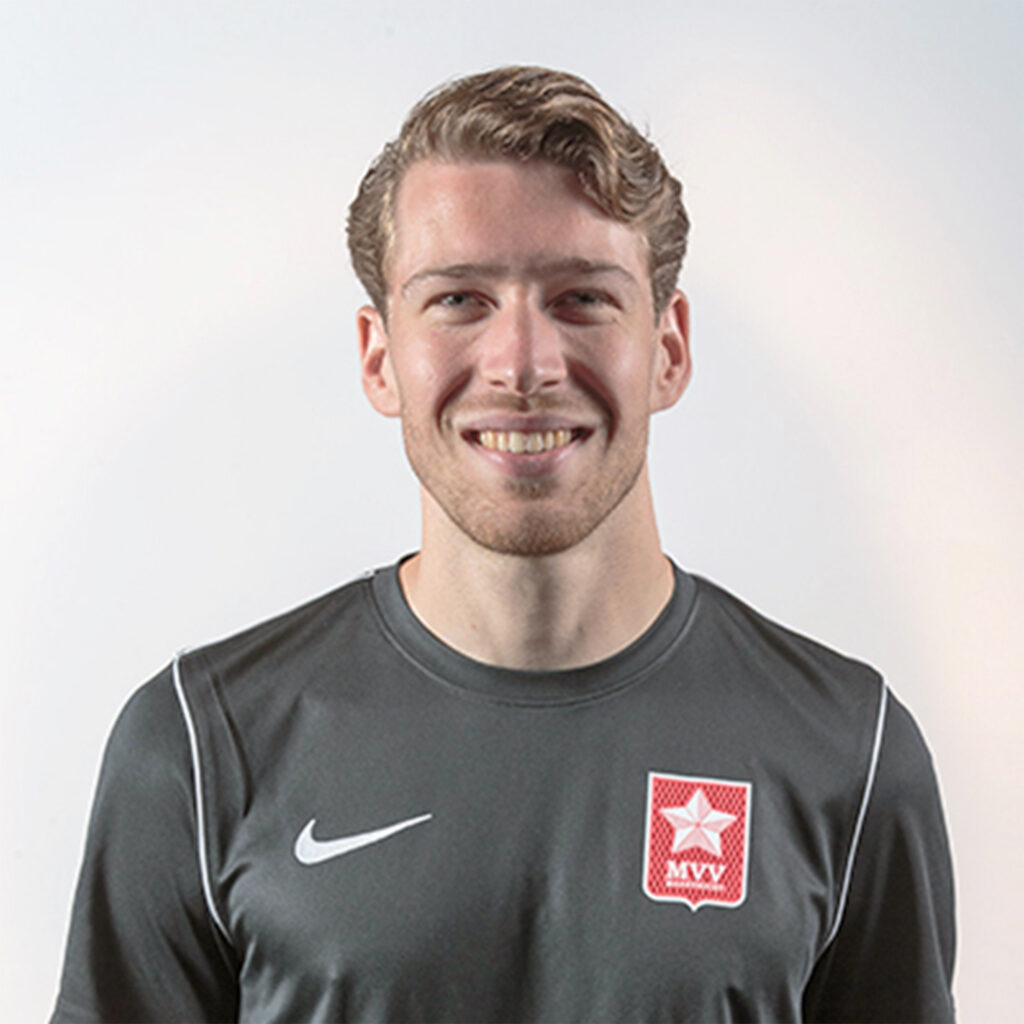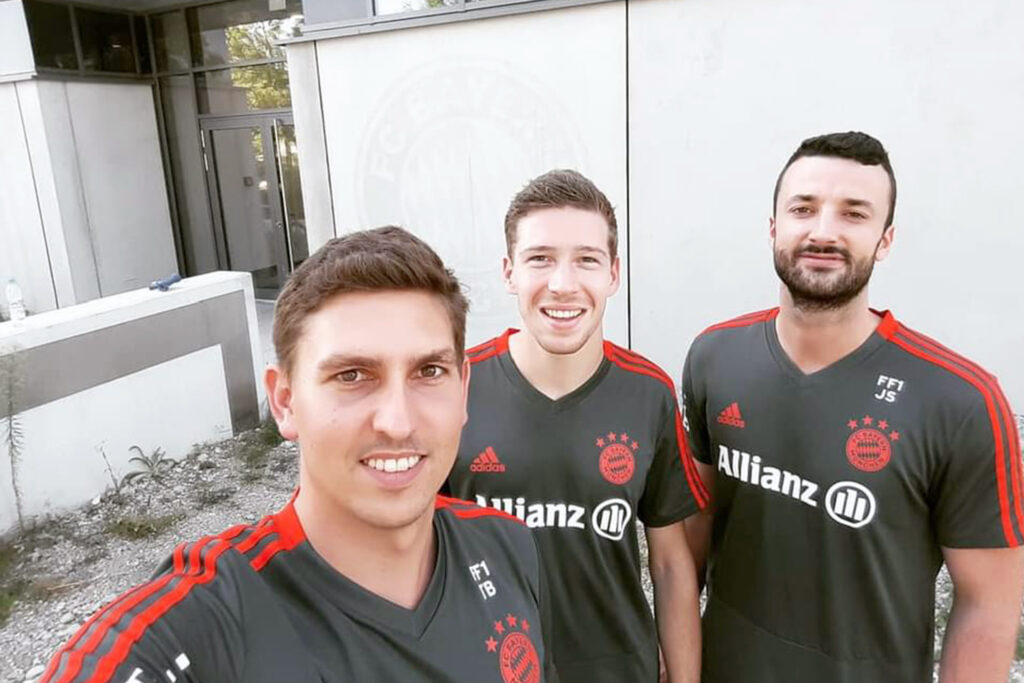Many female athletes often experience complaints during or around sports activities. These complaints can range from breast discomfort, pelvic floor and tailbone issues, absence of menstruation, and heavy menstrual bleeding to irregular menstrual cycles.
Sports osteopathy


Sports injuries
Sports osteopathy is an effective approach for treating recurring sports injuries. As an osteopath, I investigate the causes of an injury from a different perspective than a physiotherapist, which can complement the path to recovery. In practice, collaboration between sports physiotherapy and osteopathy has proven successful in optimizing athletic performance.
Sports osteopathy focuses on treating imbalances in body mechanics, function, and posture. A detailed knowledge and understanding of the structure and function of the human musculoskeletal system allows me to identify problems caused by injury or mechanical stress. This approach aims to address both the symptoms and, more importantly, the underlying causes, enabling the body to heal itself, improving performance and minimizing the risk of recurrence.
Sports involve the entire body, including all organs. When these organs do not function optimally, the musculoskeletal system bears more load and compensates to maintain maximum performance, which can increase the risk of injury. A holistic approach is therefore essential in my osteopathic work with athletes.
There is a time for exposing the athlete to load, periodization, and adaptation. When competition or a tournament begins, there is a real need to maintain function, resolve musculoskeletal issues, and prepare the athlete for optimal performance. This is the true advantage of integrating osteopathy into preparation for and performance during competitions or tournaments.
Sports osteopathy for women
Research shows that many elite female athletes do not discuss these topics with others. The hormones that fluctuate throughout the menstrual cycle can have both positive and negative effects on sports performance, recovery, and injury risk.
These complaint often arise from a loss of function in the organs of the abdominal and pelvic region. When problems or restrictions occur in this area, serious (long-term) injuries can develop, such as anterior cruciate ligament (ACL) injuries, lower back and pelvic complaints, or ankle instability. General discomfort, headaches, and reduced coordination can also hinder sports performance. Sports osteopathy can play an important role in reducing and preventing these injuries.
